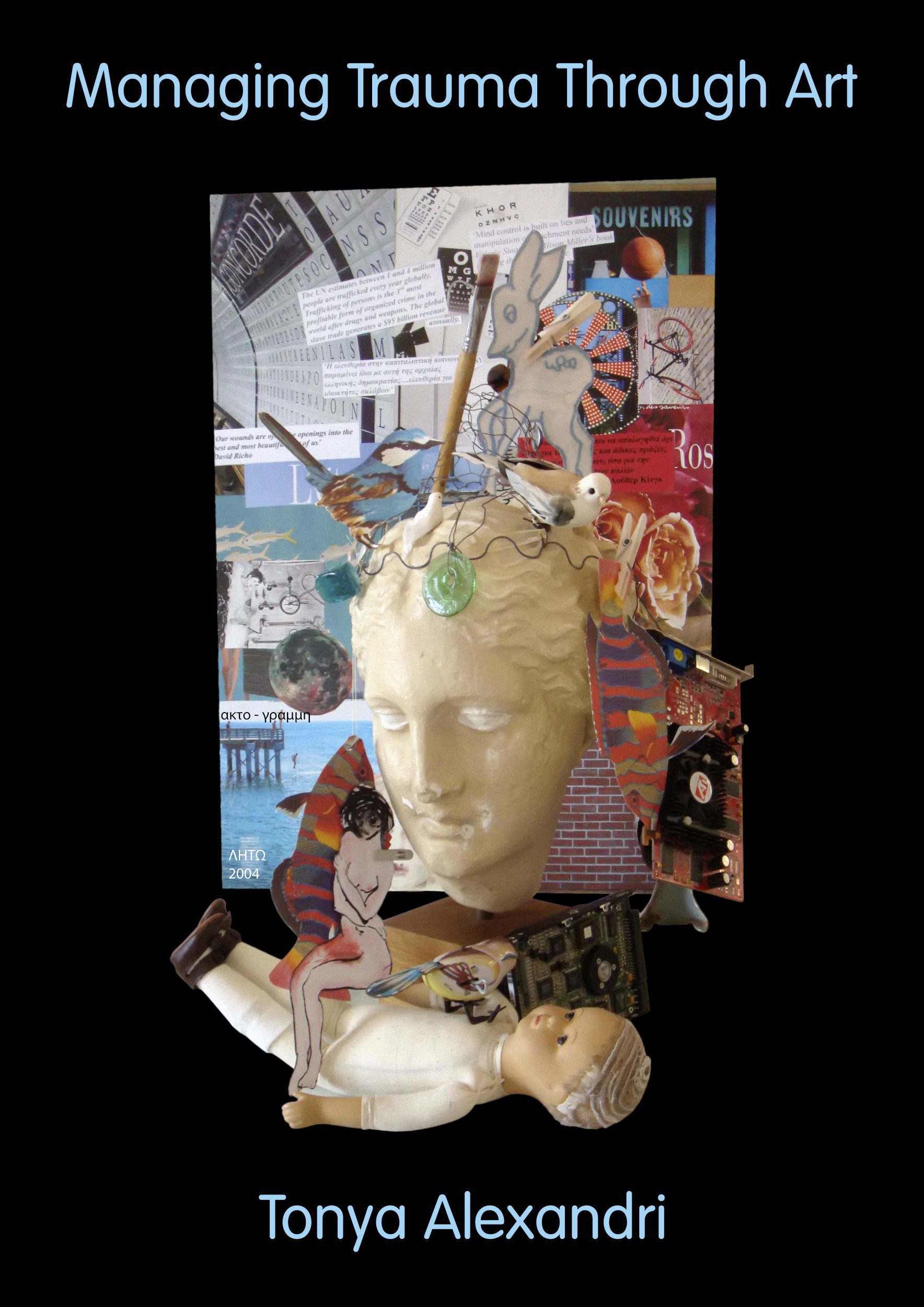(Dedicated to my son)
Complementary theories of racism and discrimination
(Small extract from an old essay–Tonya Alexandri, 2009)
Exploration and understanding of discrimination practices and investment in ‘extreme’ ideologies and religions could be explained by psychoanalytic concepts like projection of hated and/ or feared internal objects, displacement of extreme feelings and the idea that primary identificationsinfluence subsequent identification patterns (Fairbairn, 1935,cited in Aviram, 2007). Volkan suggests that out-groups can become targets of projection (cited in Yagcioglu, 1996) and violence learnt during childhood, denial and consequent emotional blindnessmaycreate the compulsion to repeat it (Miller, 2002). Furthermore, research findings concerning aversive racism suggest that an unconscious attitude of intolerance might be dissociated from a surface attitude of tolerance (Dixon, 2007). Therefore, incorporating psychoanalytically informed explanationsis useful when trying to understand racism, conflict and oppression. Furthermore, a cognitive approach alone cannot account for collectively shared group-serving attributional patterns, which may simply be the rational response to living in a society organised on sectarian lines and part of a ‘longer conversation’ of sectarian ideology (Wetherell,1998, cited in Dixon, 2007). Language definitely shapes perceptions and cognitions and categorisation is also a social action performed discursively. So categories of prejudice can be viewed as flexible language categories that reflect power relations. Billig suggests that we categorise, particularize, challenge and revise social categories through language (1987, cited in Brown, 2007). However, like SIT, Janis and others he takes social categories for granted, not taking into account the fact that discourses and ideologies are inextricably linked to power relations. Consequently, by applying an interdisciplinary approach we can bridge the psychological with the socialand we can generate deeper understanding and multi-level interventions concerning conflict reduction and ultimately we might be able to challenge the inevitability of conflict.

